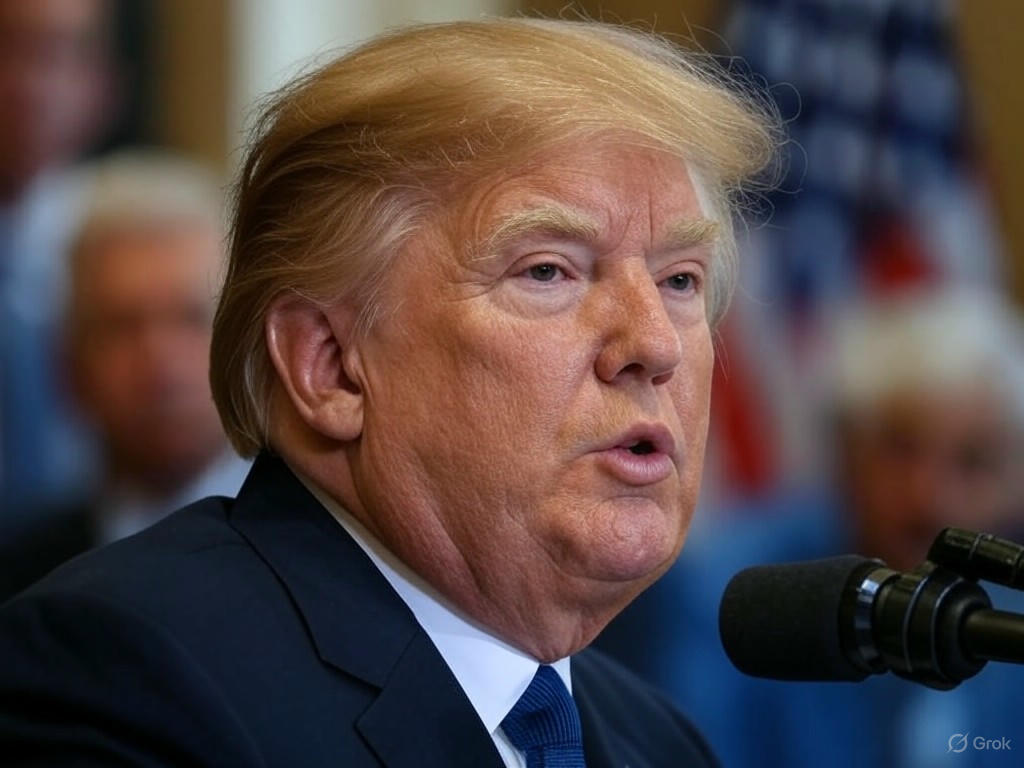In a bold move that has sent ripples through financial markets, President Trump has intensified his calls for Federal Reserve Chairman Jerome Powell to slash interest rates. This latest push comes amid a backdrop of fluctuating economic indicators and geopolitical tensions, creating a complex landscape for investors and policymakers alike. Trump’s argument hinges on the belief that lower rates would stimulate economic growth, bolster consumer spending, and keep the U.S. competitive in a global economy facing uncertainty.
As the President voiced his stance, markets responded with a surge in bond prices, reflecting investor confidence in fixed-income assets during times of economic ambiguity. Equities also saw gains, with major indices climbing as traders weighed the potential benefits of reduced borrowing costs against fresh inflation data that suggests persistent price pressures. The inflation report, released earlier this week, showed a slight uptick in consumer prices, raising questions about whether the Fed can justify a rate cut without risking further inflationary spikes. Meanwhile, Trump’s recent tariff threats against key trading partners have added another layer of complexity, as businesses brace for potential cost increases and supply chain disruptions.
Beyond domestic economic concerns, international developments are also influencing market sentiment. Heightened tensions with Iran have kept oil prices volatile, with investors closely monitoring the situation for any signs of escalation that could impact global energy supplies. This geopolitical uncertainty, combined with Trump’s aggressive trade rhetoric, has left many market participants on edge, seeking clarity on the Fed’s next move. Some analysts argue that Powell may resist the President’s pressure, prioritizing long-term economic stability over short-term political demands. Others, however, believe that a rate cut could provide a much-needed buffer against external shocks, especially if trade disputes or global conflicts intensify.
The debate over interest rates is not just a numbers game; it’s a reflection of broader concerns about the direction of the U.S. economy. Small businesses, for instance, are keenly watching the Fed’s decisions, as lower rates could ease borrowing costs and fuel expansion. On the flip side, savers and retirees worry that diminished returns on fixed-income investments could strain their finances. For now, the tug-of-war between Trump and Powell continues to dominate headlines, with each side presenting compelling arguments for their vision of America’s financial future.
As this situation unfolds, one thing is clear: the intersection of politics, economics, and global events will keep markets on a rollercoaster ride. Investors are advised to stay vigilant, balancing optimism about potential rate cuts with caution over inflation and international risks. Whether Powell bends to Trump’s demands or holds firm, the coming weeks will likely shape the economic narrative for months to come, testing the resilience of both markets and policymakers in an increasingly unpredictable world.
